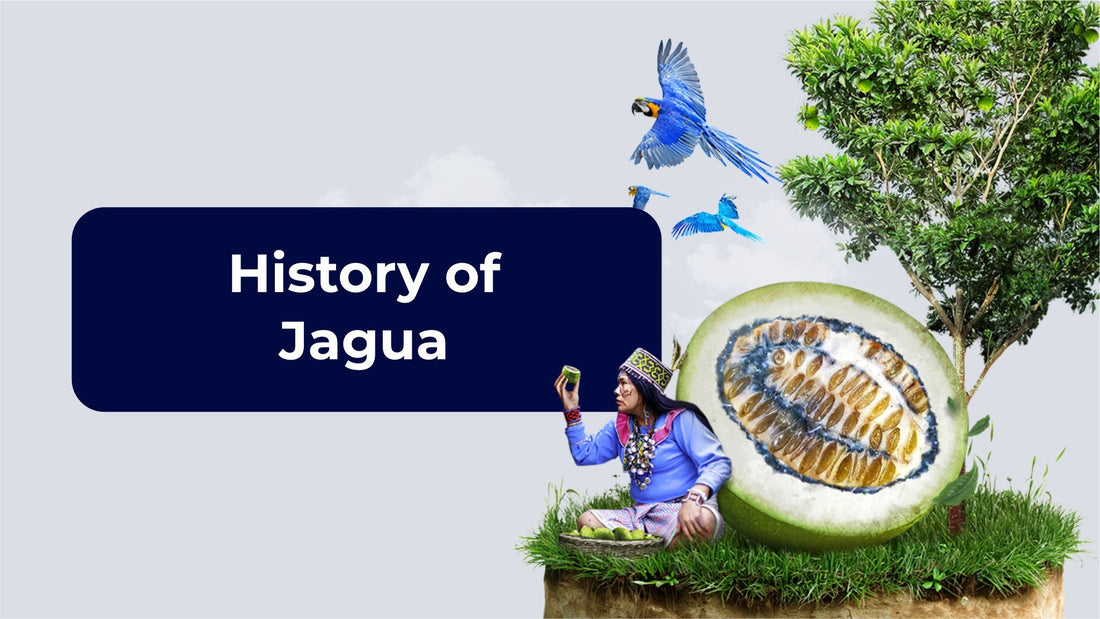History of Jagua (Huito)
The Huito, better known as Jagua, is a tree that grows up to 25 meters tall and is found in the Amazon regions of Peru, Brazil, and some Central American countries. Its scientific name is Genipa Americana, and its fruit is widely used by the natives of the region.
How is Jagua used by the Shipibo Tribe?
Its most common use is as a natural blue dye, which is obtained from the green fruit. It has been used as a body art expression by the Shipibo Tribe.
The ripe fruit is also used to make jams, sodas, syrups, sweets, and even mosquito repellents.
How long have the natives of South America used Jagua?
They have been using it since ancient times (2,500 - 3,000 years ago), even for dyeing their hair. That's why it is very rare to see a native of the jungle with gray hair. In addition, they create different designs on their skin, with shapes that are characteristic of Amazonian culture.
The tattoo is temporary, initially with a light color, but as the hours pass, the stain becomes more visible and lasts up to 15 days.
The tribes that use Jagua in Peru are Shipibo Conibo, Ashaninkas, and the Awajún.
What is the chemical composition of Jagua?
In 100g of the fruit we can find:
1.2g of protein
14g of carbohydrates
1.6g of fiber
68g of calcium
21mg of phosphorus
0.5g of iron
Additionally, very small amounts of thiamine, riboflavin, niacin, ascorbic acid, genipin, mannitol, tannins, methyl-ester, caterin, hydatoin, and tannic acid.








